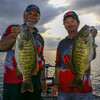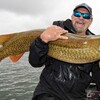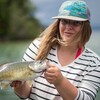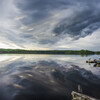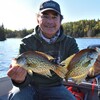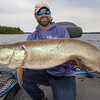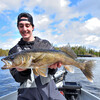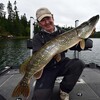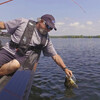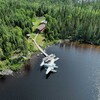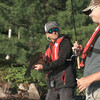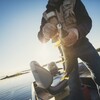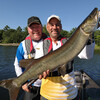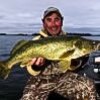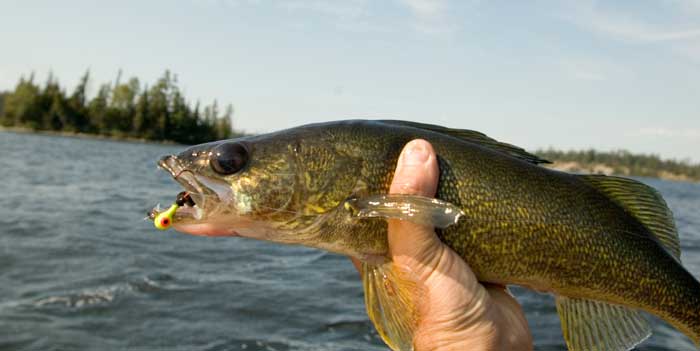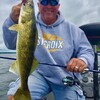
The Thirst to Be First
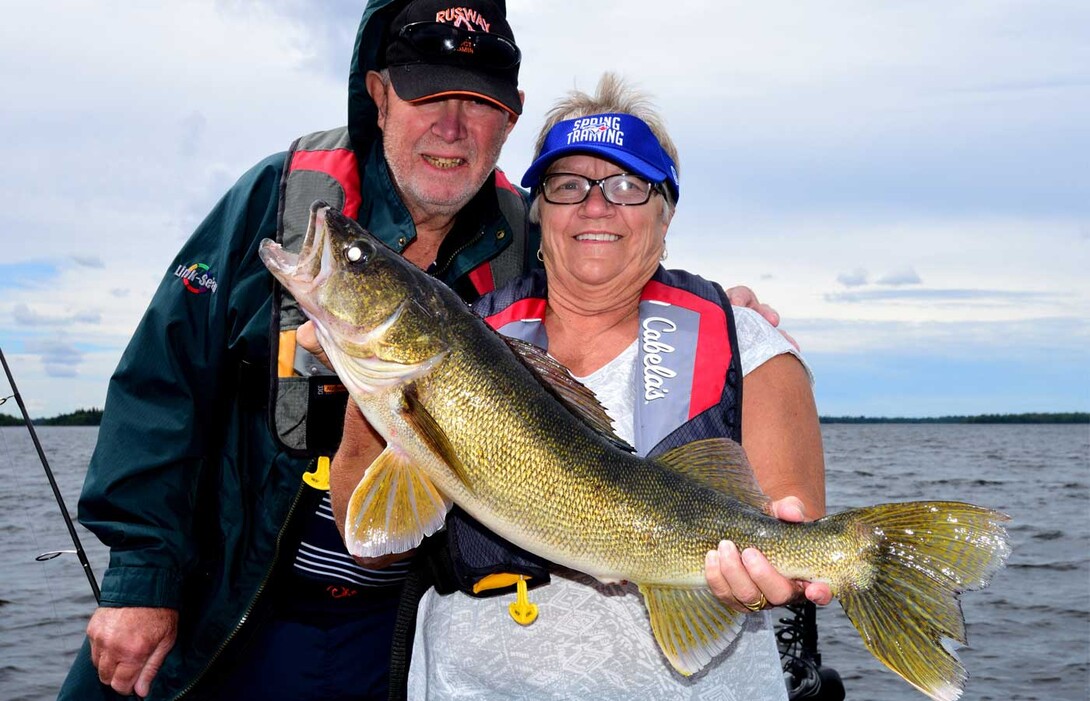
The fishing lid is about to blow off the top of Northern Ontario because the activity is peaking for just about every species including walleye, lake trout, smallmouth bass, largemouth bass, northern pike, muskies, speckled trout, black crappies, yellow perch, and rainbow trout.
But, as good as the fishing is right now, there is a trick you can employ to make it even better.
What is better than 100-fish days?
Yep.
As most anglers know, fish go through a series of predictable seasonal stages that include pre-spawn, spawn, post-spawn, pre-summer, summer peak, summer, post-summer, fall turnover, and coldwater stages.
And they alter their locations within the lakes, rivers, reservoirs, pits, and ponds like families heading off on vacation during each one of the phases.
Let's take the ever-popular walleye as a good case in point. A few weeks ago, when the season opened across the Northern part of the province, we caught scores of fish while they were still lingering around the shallow baseball, basketball, and soccer ball-size rocks that were being swept clean by the wind and waves, or current, in the case of rivers, in-flowing streams, and necked-down channels. The fish spawned over the rocks so their eggs could settle into the cracks and crevices and thus avoid being eaten by predators.
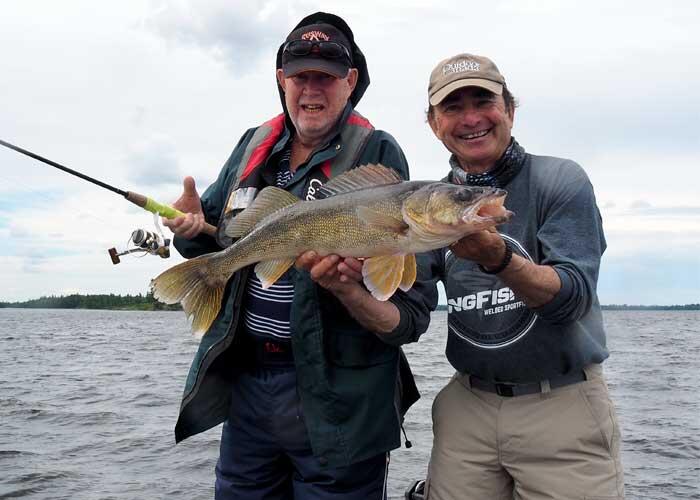
The last few weeks, however, during the post-spawn and pre-summer periods, just as we knew they would, the walleyes slipped around the corner into nearby bays with muddy bottoms and sandy shorelines and gorged on the yellow perch and spot-tailed shiners that were preparing to lay their eggs.
Now, however, just as schools are preparing to close and the kids are getting ready for summer vacation, the fish are doing the same thing. And it is time that you can be a leader, not a follower, and jump ahead of the crowd.
Way ahead!
Indeed, as I discovered last week, when I hosted Barb and Wayne Russell from Lloydminster, Alberta, to a Sunset Country smorgasbord, the fish are packing their bags big time.
We were primarily targeting walleyes in the same relatively shallow locations that we've been catching since opening day. But regardless of the time of year or the stage of fish activity, I always like to keep testing locations and haunts associated with the next phase to which the fish are drifting.
In other words, if it is pre-summer, I am constantly checking to see if the fish are hanging around their summer peak locations. If it is summer, on the other hand, I am forever dropping a line on the post-summer spots that I know, or suspect, they will shortly be using.
The reason I do this is that over the years, I've discovered that the early bird really does get the worm. Indeed, the biggest fish, whether they are walleyes, yellow perch, smallmouth bass, black crappies, or muskies, typically move ahead of the bulk of the population and show up almost earlier than they should.
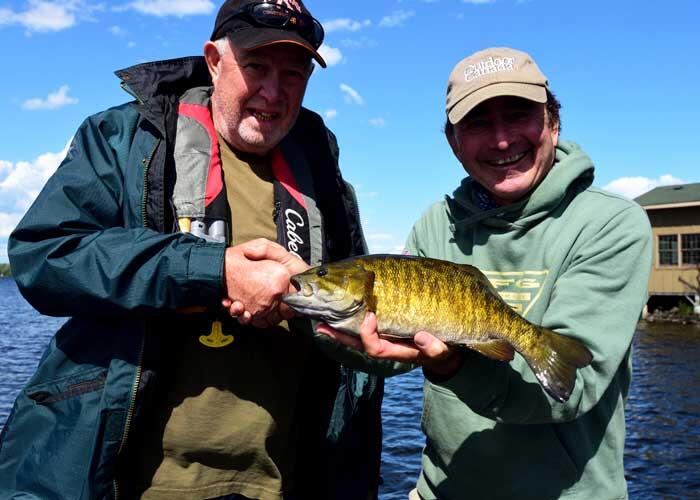
It is what greeted Barb, Wayne, and me last week.
After catching 15 or 20 nice walleyes on the first spot we fished, I suggested we check out a nearby traditional summer hot spot. The walleyes may not be there yet, I cautioned Barb and Wayne, but then again...
Then again, indeed!
No sooner had I hit the spot-lock function on my Ultrex trolling motor and positioned the Kingfisher in 27 feet of water at the tip of a favourite underwater point, than I looked toward the back of the boat and saw Barb struggling to reel in a dandy walleye.
Gotta be honest, at first glance I thought she had snagged bottom, but then I heard her drag slipping and saw her rod tip bouncing back and forth. Then, I slid the net under a gorgeous 32-inch, double-digit black and yellow opal eye.
It was Barb's biggest walleye ever, the fish of a lifetime, and after I snapped a couple of quick pictures, she carefully released the magnificent fish to spawn again.
It was all I needed to prove once again that you always want to be the first to quench the thirst.
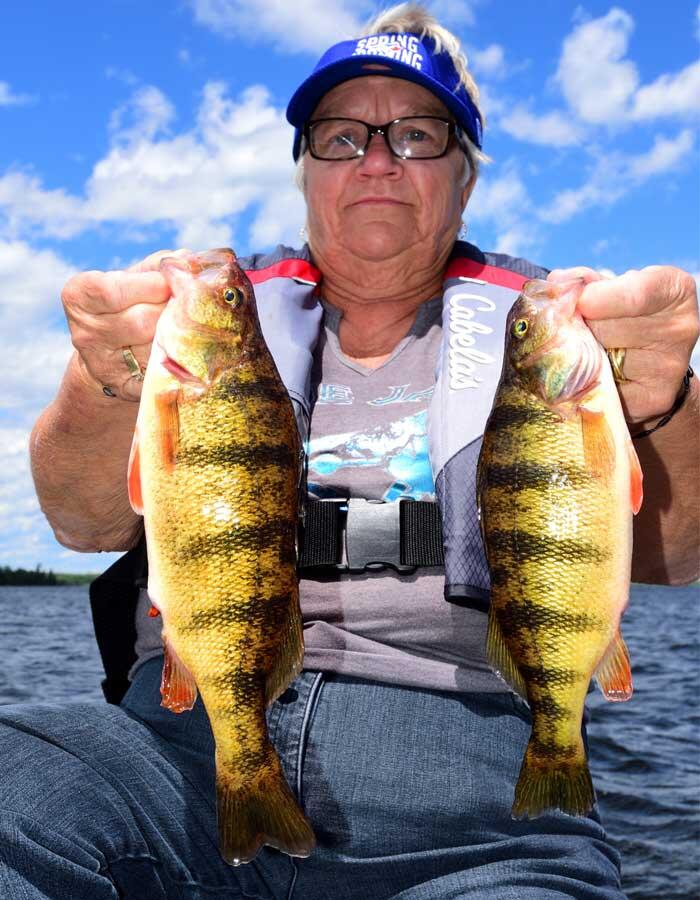
But there was more corroboration coming.
The following day, we boated to a completely different part of the lake and once again, I parked the Kingfisher beside a favourite summer haunt. And when I turned on the Helix, it lit up like a snowstorm.
Only the fish weren't walleyes, they were gorgeous 13- and 14-inch jumbo yellow perch with huge humped backs that gloriously smacked our baits like they were famished.
And we weren't finished quite yet.
With an hour or so left before we headed home to enjoy a shore dinner, Wayne mentioned that he had never caught a smallmouth bass.
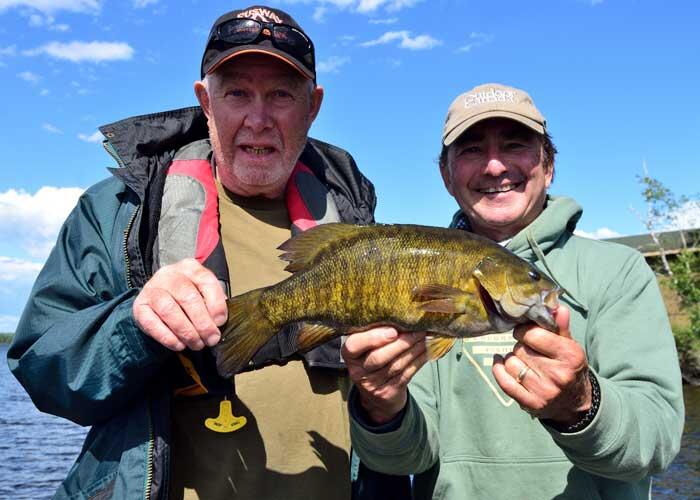
"I can change that," I chuckled, but instead of heading to a shallow shoreline where I knew the small males were nesting, I hightailed it to an early summer location where we traditionally catch much bigger females later in the season.
Ten or 20 casts later, Wayne was clutching a 3 1/4-pound bronzeback that had leaped and cleared the water half a dozen times before I finally scooped it up in the net. Then Barb and Wayne took turns catching and releasing husky smallmouth—in a place where, according to the calendar, they are not supposed to be yet.
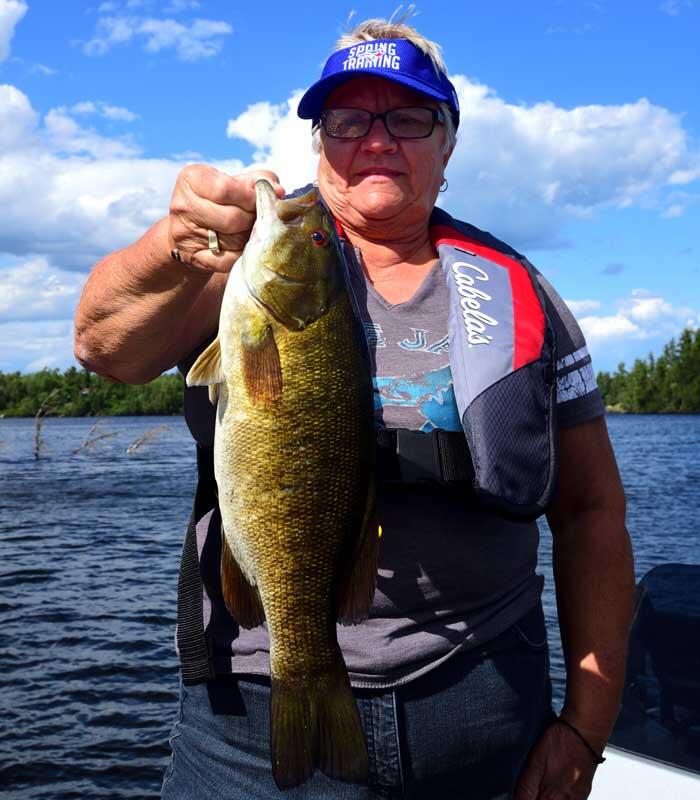
But where they always are, when you're the early bird getting the worm in Northern Ontario.
Recommended Articles
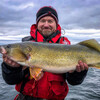
Reaching Deep For Walleye
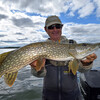
Don't Forget The Umbrella
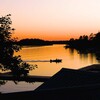
Lakair Lodge
The Best Of Times in Northern Ontario
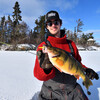
The Ultimate Winter Perch Trap
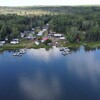
Whitefish Lake Walleye
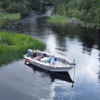
Fishful Dreams Do Come True
Best Bass Baits for Lodge Trips
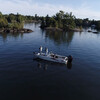
3 Must Fish Ontario Hotspots for Smallmouth Bass
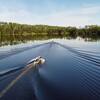
Leuenberger Air Service Is Your Ticket to Ontario's Best Fishing
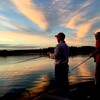
Four Fantastic Ontario Musky Waters
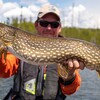
Top Flies for Northern Pike
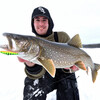
How To Stay Really Warm This Winter: The Second Edition
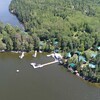
Miles Bay Camp
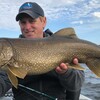
Cat Island Lodge
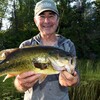
Worm Your Way In
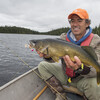
Kicking It Old School
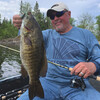
First Class Fishing Vacations
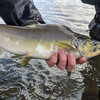
Steelhead and Salmon of Northern Ontario
